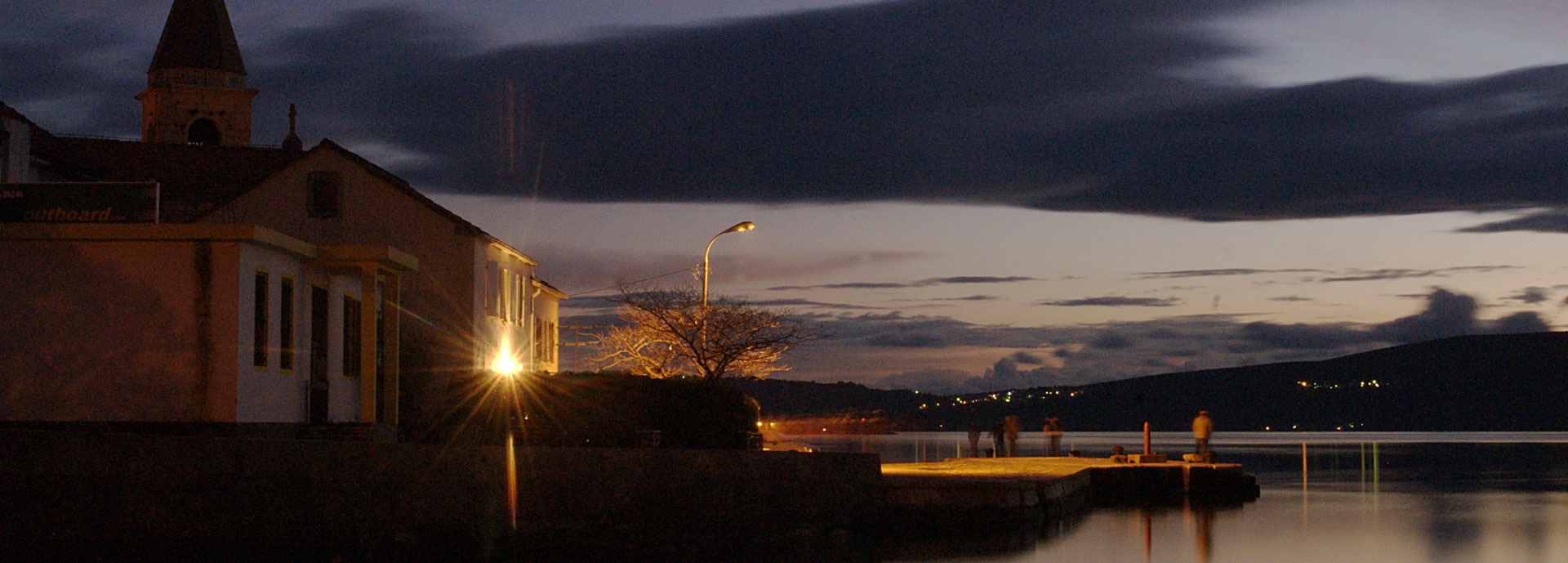


TROJICA TOWER, KOTOR
2016
Trojica tower is located on a plateau within the same-named hill pass dividing Kotor bay from Grbalj field, as well as the hill of Vrmac from Mount Lovćen. Throughout history, the site represented the crossroads of important thoroughfares, and a location of strategic value for the defence of Kotor. The tower is assumed to be the last preserved component of a wider fortification complex within which a medieval church of the Holy Trinity (Trojica) could have been located, lending the site its current name.
The tower is composed of massive peripheral walls, 80-120 centimetres thick and 11 metres high. Within the lowest zone, the tower is square in plan and features sloping walls - escarpments, whereas upper-storey walls are vertical. A platform for defence and surveillance of the surrounds is located on the top of the tower.
The main aim of the research preceding the execution of the project and the works was the identification of the relative building chronology and the tower’s architecture within its main historical phases.
Although the remains of a medieval tower were discovered in the lowest wall zones during the research, the main body of the building belongs to the Venetian phase, with significant Austro-Hungarian interventions included.
The project was carried out as part of the international Adriatic IPA project (2007-2013) – ADRIFORT (Adriatic Fortresses and Military Areas), financed on behalf of the European Union, with the Municipality of Kotor as the local partner in the project.















